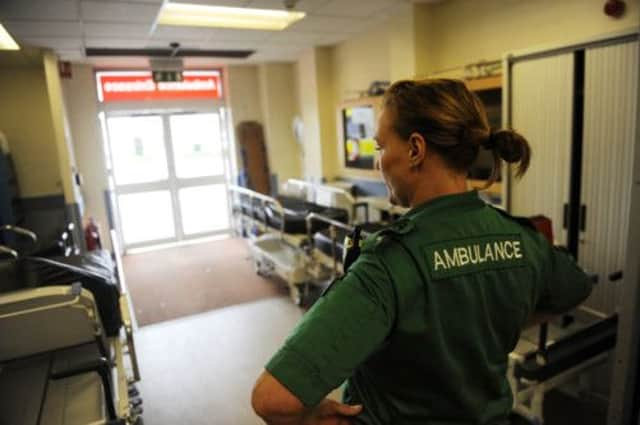Injured Scottish children dying needlessly


A study comparing deaths between 1980 and 2010 across Scotland, England, Wales and Northern Ireland found overall mortality rates due to accidental injuries had fallen by between 50 and 70 per cent.
But there were large differences between the home countries, with England consistently having lower mortality rates.
Advertisement
Hide AdAdvertisement
Hide AdDr Pia Hardelid, from University College London, will present the findings at a Royal College of Paediatrics and Child Health (RCPCH) conference in Glasgow today. “What we found was, particularly for children aged ten to 18, increasing differences in injury deaths between the countries,” she said. “England was consistently the lowest, with Scotland, Wales and Northern Ireland significantly higher.”
In Scotland between 2006-10, the mortality rate due to injuries for boys aged 10-18 was 68 per cent higher than in England, at 19.4 deaths per 100,000 of the population, compared with 11.5.
For girls, deaths over the same period were 52 per cent higher than in England, at 6.6 per 100,000, compared with 4.3.
If the injury mortality rates had been similar to those in England, there would have been some 29 fewer deaths per year.
Dr Hardelid said there were several possible reasons that needed to be investigated. She said: “One of them could be that incidence of injuries in children is higher, for example, in Scotland compared to England. That could be due to differences in how near children live to roads and how much they are exposed to traffic. The majority of injury deaths are caused by transport accidents.”
She said differences in the way injured children were treated could also have an impact on mortality rates. “It could be that the care of children with severe head injury or severe injury from transport accidents is different in the different countries,” she said.
Dr Hardelid said deaths also varied depending on the kind of injury experienced. She said the decline in mortality was observed only for unintentional injuries – such as accidents – with no change in mortality rates from intentional injury, such as suicides and homicide, during the three decades studied.
Dr Hilary Cass, president of the RCPCH, said: “With accidents accounting for 73 child deaths a year in Scotland, clearly we need to look at public policy and better public awareness to bring this rate down.
Advertisement
Hide AdAdvertisement
Hide Ad“But there are other factors contributing to these excess deaths, including variation in access to health services, how certain conditions are treated and the structure of the NHS.”
A Scottish Government spokeswoman said: “The number of hospital admissions due to unintentional injuries in children aged under 15 has decreased over the last ten years. However, we are not complacent and we will continue to work closely with health boards, local authorities and the emergency services to reduce the number of accidental deaths and injuries.”
Asthmatic youngsters ‘fare worse’ in poor areas
Children with asthma living in deprived communities in Scotland have a worse quality of life than youngsters from more affluent areas, according to researchers.
A study, presented at the Royal College of Paediatrics and Child Health conference in Glasgow, looked at what affected the quality of life in youngsters with asthma.
The three things researchers found that had the biggest effect were the severity of the symptoms, how well the condition was controlled and socioeconomic status.
“We live in a country where there is a huge socioeconomic divide,” said Dr Steve Turner, of Aberdeen University. “What we are seeing in children will be linked to factors such as smoking exposure, lifestyle and diet and housing.
“As clinicians, there is not much can do about that, but we can focus on asthma control.”